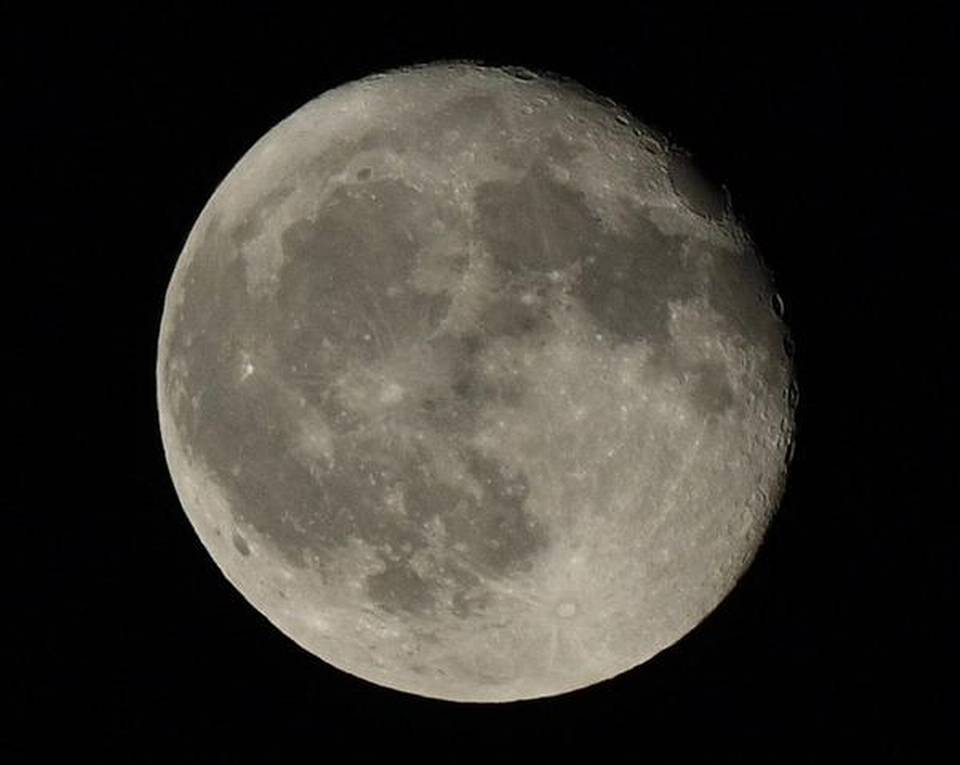
Scientists, using data from an instrument which flew aboard India’s Chandrayaan-1 spacecraft, have created the first map of water trapped in the uppermost layer of the moon’s soil. The study, published in the journal Science Advances , builds on the initial discovery in 2009 of water and a related molecule — hydroxyl, which consists of one atom each of hydrogen and oxygen — in the lunar soil.
Scientists from Brown University in the U.S. used a new calibration of data taken from NASA’s Moon Mineralogy Mapper, which flew aboard Chandrayaan-1 spacecraft in 2008, to quantify how much water is present on a global scale.
“The signature of water is present nearly everywhere on the lunar surface, not limited to the Polar Regions as previously reported,” said Shuai Li, a former PhD scholar at Brown University.
“The amount of water increases toward the poles and does not show significant difference among distinct compositional terrains,” said Mr. Li, who is now a postdoctoral researcher at the University of Hawaii. The water concentration reaches a maximum average of around 500 to 750 parts per million in the higher latitudes. That is less than what is found in the sands of Earth’s driest deserts, researchers said. “This is a roadmap to where water exists on the surface of the moon,” said Ralph Milliken, an associate professor at Brown.
“Now that we have these quantitative maps showing where the water is and in what amounts, we can start thinking about whether or not it could be worthwhile to extract, either as drinking water for astronauts or to produce fuel,” said Mr. Milliken.
Solar wind impact
The researchers said that the way water is distributed across the moon gives clues about its source. The distribution is largely uniform rather than splotchy, with concentrations gradually decreasing toward the equator.
That pattern is consistent with implantation via solar wind — the constant bombardment of protons from the sun. Although the bulk of the water mapped in this study could be attributed to solar wind, there were exceptions.
For example, the researchers found higher-than-average concentrations of water in lunar volcanic deposits near the moon’s equator, where background water in the soil is scarce. Rather than coming from solar wind, the water in those localised deposits likely comes from deep within the moon’s mantle and erupted to the surface in lunar magma, scientists said.
The study also found that the concentration of water changes over the course of the lunar day at latitudes lower than 60 degrees, going from wetter in the early morning and evening to nearly bone dry around lunar noon.
The fluctuation can be as much as 200 parts per million. “This raises the possibility that water may re-accumulate after extraction, but we need to better understand the physics of why and how this happens to understand the timescale over which water may be renewed,” said Mr. Milliken.